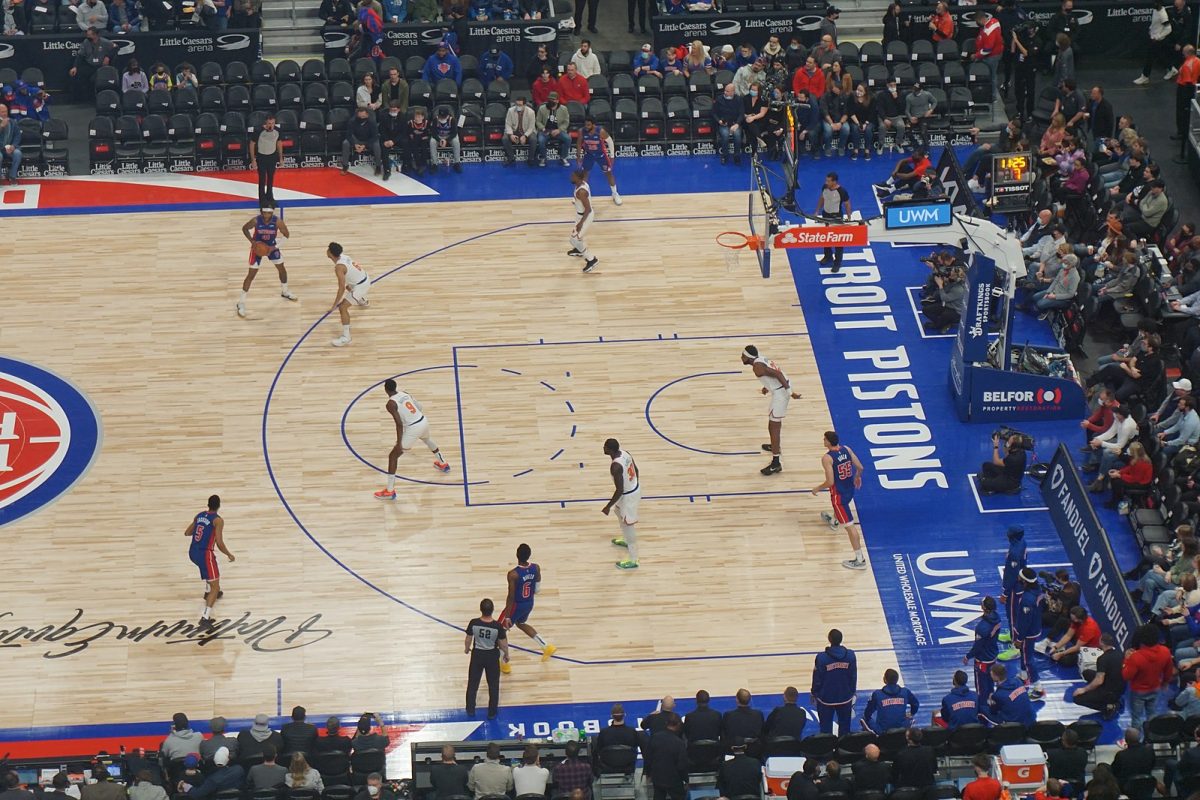Dancing may seem easy to the untrained eye, but that is the beauty of the art form.
The harmonious movements combined with explosive energy and coordination, as well as the timeliness and muscle memory that dancers must have are a testament to the grace of dance.
However, like a sport, the beauty does not come without a price.
The long hours, which can easily be eight to 10 hours, dancers spend each day perfecting the craft, on top of going to the gym to stretch their muscles as a supplement to their training and to prevent injuries.
Dancers generally rehearse for about 30 hours a week, but all dancers go to hours of classes before rehearsals to perfect their craft and maintain their form and technique.
Many can spend up to 10 hours a day at the gym to condition their bodies and prevent injuries and will stretch for an hour or more on top of their training.
Dancers generally work nights and weekends, as many performances are scheduled then.
The commitment dancers show is enough to qualify dance as a sport. Dancers are, after all, athletes.
Few know how hard their job is, but there is now data to prove it.
The Occupational Information Network, a national organization supported by the U.S. Department of Labor, researched and gathered data to determine the 20 most physically demanding jobs in the country.
They categorized the professions based on the level of strength, stamina, flexibility, and coordination required.
ONET collected information to assign a score between 0 and 100 ,with 100 being the highest score for each of these factors, and how important each characteristic is to the job.
However, ONET discovered that dancers scored the highest, averaging a combined score of 97 out of 100 for overall level of physicality.
Dancers scored 100 out of 100 in the stamina, flexibility, and coordination categories, and 87.8 out of 100 for strength.
Athletes and other sports competitors finished third with a score of 90.4, while fitness trainers and aerobics instructors, positions that dancers must have to supplement their income, ranked at number five. Choreographers, another dance-heavy profession, made the list at number nine.
Though the fight to categorize dancers as athletes is still highly contested, one fact worth mentioning is the existence and prevalence of dancesport, or competitive dancing.
Dancesport applies to different types of ballroom dancing, and events are grouped by age and experience.
There are two governing bodies, the World Dance Council and the World DanceSport Federation, the latter of which was recognized by the International Olympic Committee over two decades ago.
While dance is starting to receive recognition as a sport, they make about less than half as much as other athletes.
The average salary for a dancer is about $43,100, while the salary for an athlete is more than double that of a dancer, averaging about $87,100.
This disparity is present even though dancing is more physically demanding, and the athletic needs for dancers continues to grow each year.
It is an unfortunate truth that the difficulty of the profession of dancing and dancers themselves is often underestimated.
While we all enjoy watching dance, whether it be traditional ballet or more modern forms such as hip-hop, we often forget that behind all that beauty is many long hours of grunt work and a complete dedication and love the art form.
Many sports can be defined as an art form if done perfectly, “poetry in motion” if you will.
The concept of sport is defined as an athletic activity that requires skill or physical prowess. In addition, a sport must also include a sense of competition amongst its participants.
It is the same with dance, as its athletes must use every ounce of physical ability to create graceful movements and to entertain the audience.
With the advent of governing bodies and recognition by the IOC, the competition in dance is growing. and the argument could be made that dance should be treated as a legitimate sport.








